The International Photography Hall of Fame and Museum (IPHF) has announced its 2020 class of inductees, which include a special Lifetime Achievement Award recipient, as well as a Leadership Award honoree. The recipients’ range of work include some of the world’s most iconic historical and pop culture images, such as “V-J Day in Times Square” and celebrated rock ‘n’ roll album covers.

This year also marks a milestone year for IPHF, which is celebrating its 55th anniversary. The International Photography Hall of Fame and Museum, located in the Grand Center Arts District in St. Louis, annually awards and inducts notable photographers or photography industry visionaries from around the world for their artistry, innovation, and significant contributions to the art and science of photography.
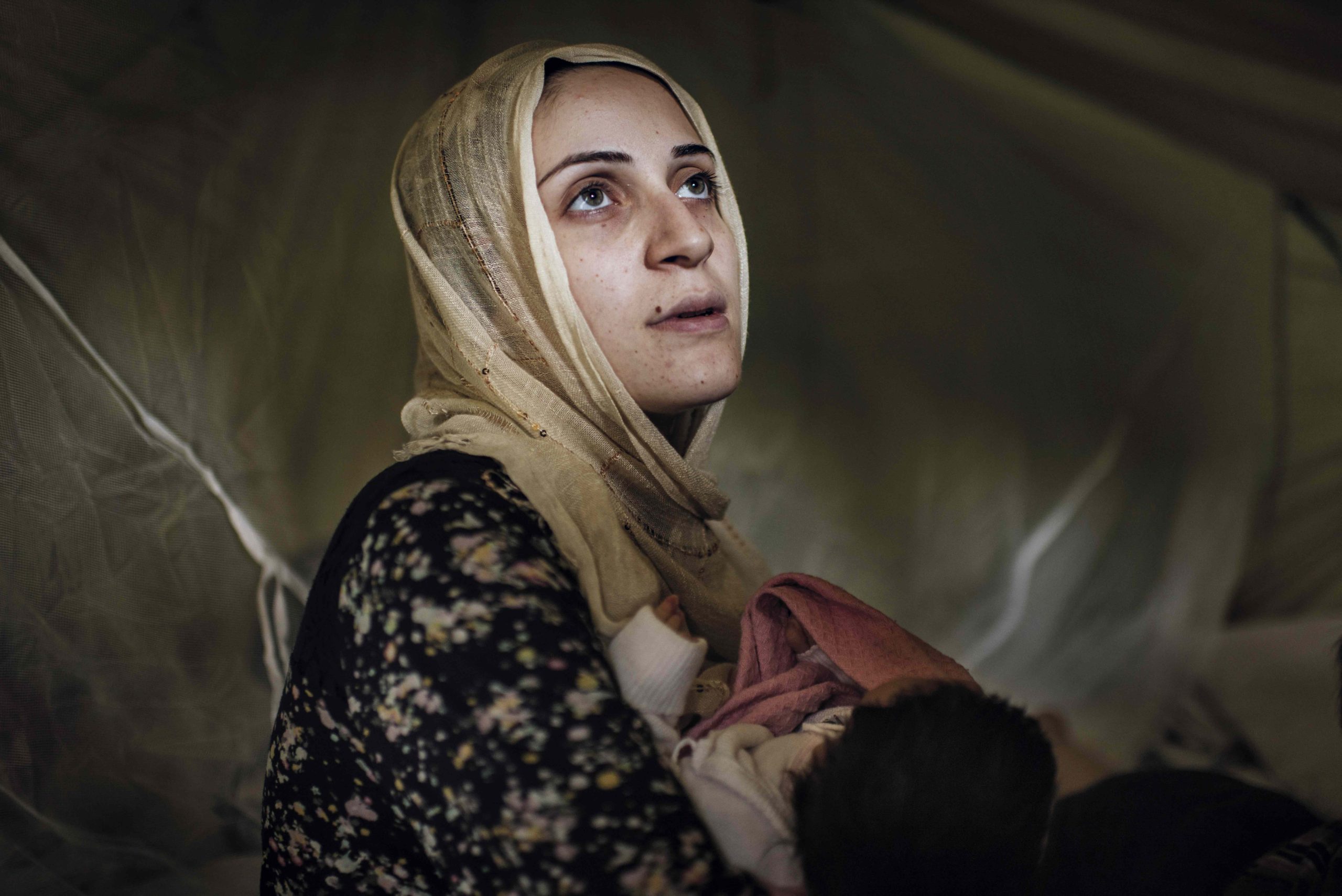
This year’s event will be IPHF’s first-ever hybrid live/virtual induction ceremony in which a worldwide audience will be able to join online on Friday, Oct. 30. Specific details regarding the event will be released at a later date.

The 2020 honorees* to be inducted into the Hall of Fame are:
Robert Adams, photographer
Lynsey Addario, photojournalist
Alfred Eisenstaedt, photojournalist
Hiro, fashion/art/portrait photographer
Jay Maisel, fine art/portrait/commercial photographer
Duane Michals, photographic innovator
Carrie Mae Weems, fine art/conceptual photographer
In addition, legendary rock music photographer Henry Diltz will be presented with the Lifetime Achievement Award and photographic agency Magnum Photos will receive the Leadership Award. *Bios for each recipient are available below, courtesy of IPHF
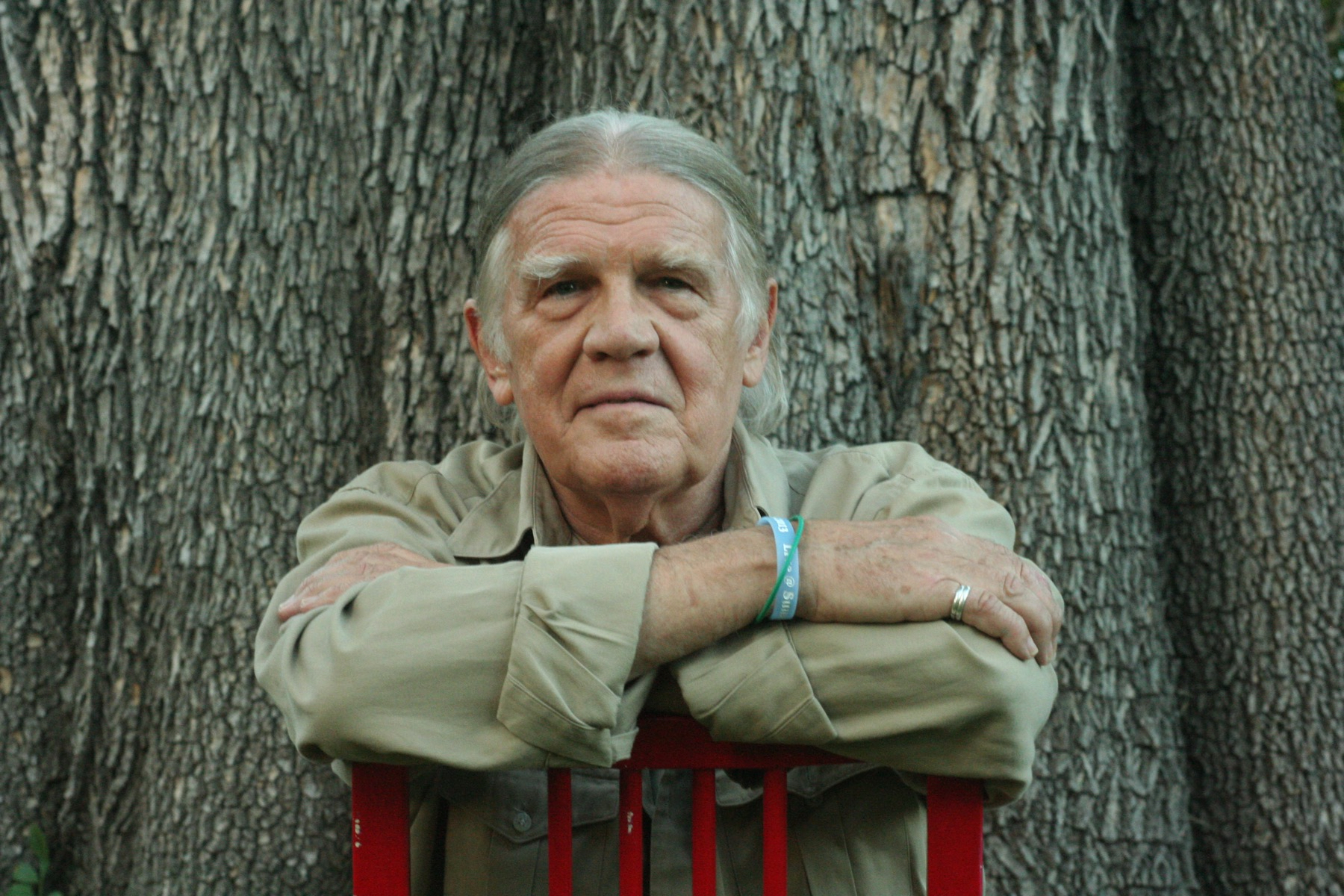
A nominating committee of IPHF representatives and notable photographic leaders with a passion for preserving and honoring the art of photography selected the inductees. To be eligible for induction, nominees were considered based on the noteworthy contributions they made to the art or science of photography that had a significant impact on the photography industry and/or history of photography. The inductees, though widely differing in style and practice, are individually seen as significant innovators in their respective fields. They are all risk takers who introduced the world to new means of artistic representation and expression.
“The 2020 Hall of Fame inductees, as well as the Lifetime Achievement Award Winner and Leadership Award Winner are stellar, and we are proud to include them,” said G. Robert Bishop, chairman of the induction committee.
Since it was established 55 years ago, the nonprofit IPHF has been and remains the only organization worldwide that recognizes and honors significant contributors to the artistic craft and science of photography. In addition, the organization, headquartered in St. Louis since 2013, strives to educate the public about photographic history and to collect, exhibit, and preserve historical items and images. For more information, visit iphf.org.
2020 HALL OF FAME INDUCTEES
Robert Adams (1937 – )
Robert Adams is a photographer who has documented the extent and the limits of our damage to the American West, recording there, in over fifty books of pictures, both reasons to despair and to hope. In the 1970s and ’80s, Adams produced a series of books – The New West, Denver, What We Bought, Summer Nights – that focused on expanding suburbs along Colorado’s Front Range; books that pictured heedless development, but also the surviving light, scale, form and silence of the natural world. He has sometimes directly engaged civic and political issues as well. A series of photographs at the Ludlow memorial, for example, speaks for organized labor, and another at a protest against the second Iraq war records the suffering that accompanies empire. Most notably, Our Lives and Our Children pictures individuals who lived at risk downwind from the Rocky Flats Nuclear Weapons Plant, where Adams himself once lived. His large exhibition and book, Turning Back, documented deforestation along the Oregon coast. In 1994, the MacArthur Foundation awarded Adams a fellowship, and in 2014, he was elected to The American Academy of Arts and Letters. A retrospective of his work is planned at the National Gallery of Art in Washington, D.C., in 2021.
Lynsey Addario (1973 – )
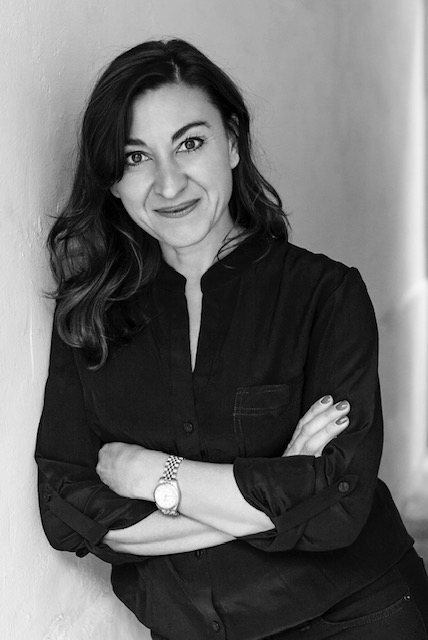
Lynsey Addario is an American photojournalist who has been covering conflict and humanitarian crises around the Middle East and Africa on assignment for The New York Times, National Geographic Magazine, and Time Magazine for almost two decades. Since September 11, 2001, Addario has covered conflicts in Afghanistan, Iraq, Libya, Lebanon, Darfur, South Sudan, Yemen, and the Democratic Republic of Congo. She recently travelled to Yemen for The New York Times Magazine. In 2015, American Photo Magazine named Addario as one of five most influential photographers of the past 25 years, saying she changed the way we saw the world’s conflicts. Addario is the recipient of numerous awards, including a MacArthur fellowship, a Pulitzer prize, The Overseas Press Club’s Olivier Rebbot Award, and two Emmy nominations. She holds two Honorary Doctorate Degrees for her professional accomplishments from the University of Wisconsin-Madison and Bates Collage in Maine. In 2015, she wrote a New York Times Best-selling memoir, “It’s What I Do,” and in 2018, she released her first solo collection of photography, “Of Love and War,” published by Penguin Press.
Alfred Eisenstaedt (1898 – 1995)
Born in West Prussia, Alfred Eisenstaedt was inseparable from his camera from the moment his uncle gave him one. But it was not until 1927 that his first photograph –– of a tennis match in Czechoslovakia –– was published. The next year, he began his photographic career in Berlin at Pacific and Atlantic Photos, soon to become part of the Associated Press. Capturing such key figures as Hitler and Mussolini at their first meeting, through the agency, he was published in the major European magazines of the time. In 1935, he moved to New York, where he became one of LIFE magazine’s four founding photographers, his images appearing on more than 80 covers over the next six decades of his association with the magazine. Not only did he photograph famous personalities, but he also captured spontaneous moments, including the one on V-J Day of a sailor enthusiastically kissing a nurse in Times Square. That 1945 photograph became his most well-known contribution to LIFE. In 1954, Eisenstaedt held his first solo exhibition in New York and went on to win numerous awards, including the National Medal of Arts in 1989. An extremely influential photographer, Eisenstaedt has been called the “Father of Photojournalism.” He died on August 24, 1995 at age 96.
Hiro (1930 – )
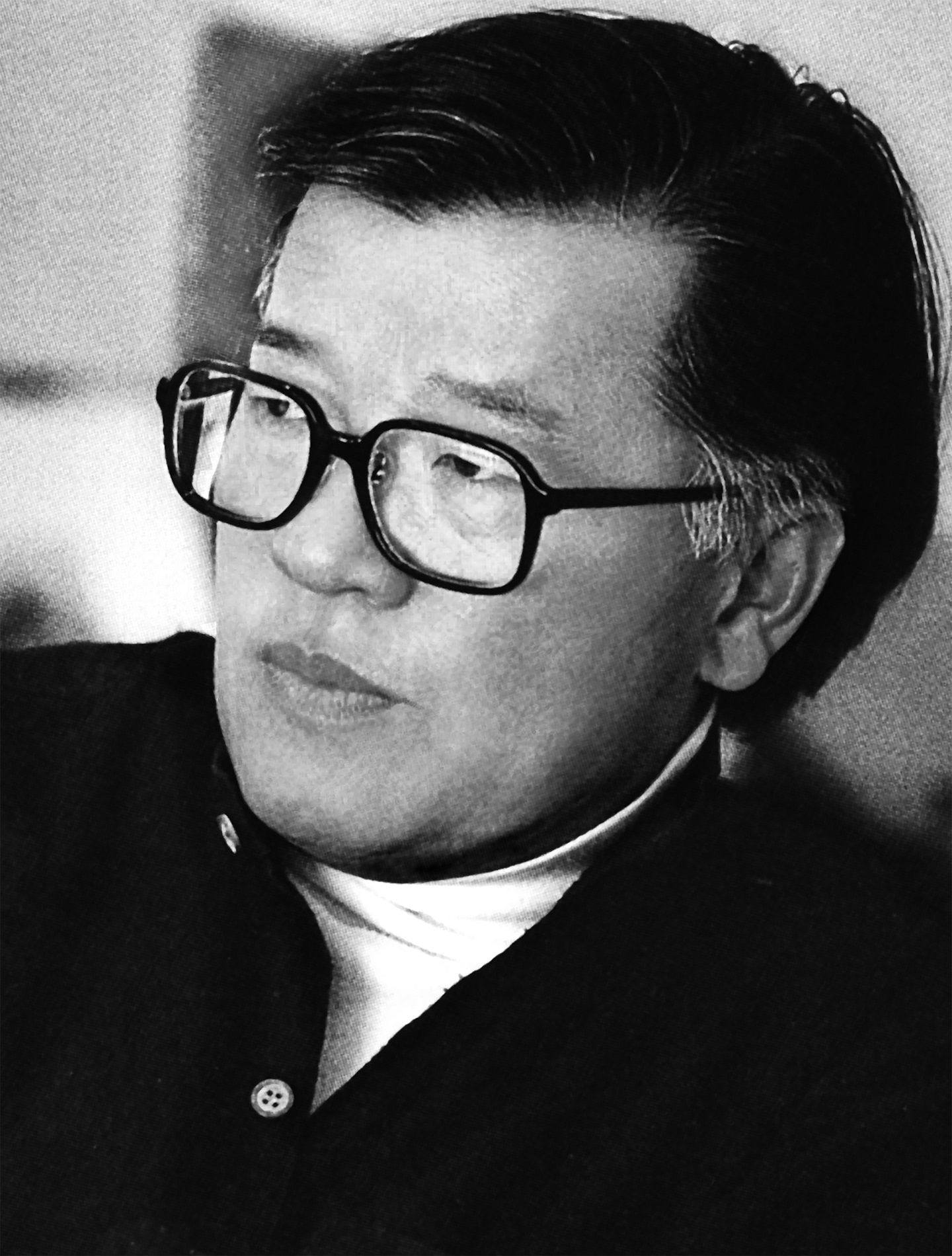
Known for the originality of his distinctly conceived and precisely realized photographs, Hiro’s career began in New York shooting fashion, still life and portraits for Harper’s Bazaar. Shortly after arriving in America from Japan in 1954, Hiro was hired as an assistant in Richard Avedon’s studio. Avedon decided he was too talented not to work independently and introduced Hiro to Bazaar’s legendary art director, Alexey Brodovitch. Hiro began working under Brodovitch in 1956, and within a few years he ascended to extraordinary fashion photography heights. In 1963, he became the only photographer under contract at Harper’s Bazaar, a position he held for the next ten years. Hiro’s photographs are characterized by their elegant use of bold colors, unusual lighting and perspectives, and surprising juxtaposition of elements. Hiro’s work has been published in three monographs and is included in the permanent collections of the Museum of Fine Arts in Boston, the George Eastman Museum in Rochester, the National Portrait Gallery in Washington, D.C., the Victoria and Albert Museum in London, Maison Européenne de la Photographie in Paris, the J. Paul Getty Museum in Los Angeles, the Tokyo Metropolitan Museum of Photography and the Kobe Fashion Museum in Japan, among others.
Jay Maisel (1931 – )
Jay Maisel began his photography career in 1954. While his portfolio includes the likes of Marilyn Monroe and Miles Davis, he is perhaps best known for capturing the light, gesture and color found in everyday life. Some of his commercial accomplishments include five Sports Illustrated swimsuit covers, the first two covers of New York Magazine, the cover of Miles Davis’ Kind of Blue (the best-selling jazz album of all time), twelve years of advertising campaign assignments with United Technologies, as well as awards from such organizations as ICP, ASMP, ADC, PPA, Cooper Union and others. Since he stopped taking on commercial work in 1995, Maisel has continued to focus on his personal work and developed a reputation as a giving and inspiring teacher as a result of extensive lecturing and photography workshops throughout the country. He also taught a private workshop at 190 Bowery, the Bank, for eight years. Since 2015, he has committed himself to reviewing his last sixty years of shooting. The results can be seen on his website, jaymaisel.com. He continues to sell prints of his photographs, many of which can be found in private, corporate, and museum collections.
Duane Michals (1932 – )
Duane Michals is one of the great photographic innovators of the last century, widely known for his work with series, multiple exposures and text. Michals first made significant, creative strides in the field of photography during the 1960s. In an era heavily influenced by photojournalism, he manipulated the medium to communicate narratives. The sequences, for which he is widely known, appropriate cinema’s frame-by-frame format. Michals has also incorporated text as a key component in his works. Rather than serving a didactic or explanatory function, his handwritten text adds another dimension to the images’ meaning and gives voice to Michals’ singular musings, which are poetic, tragic, and humorous, often all at once. Over the past five decades, his work has been exhibited in the United States and abroad. The Museum of Modern Art, New York, hosted Michals’ first solo museum exhibition in 1970. He has been honored with a CAPS Grant (1975), a National Endowment for the Arts Fellowship (1976), the International Center of Photography Infinity Award for Art (1989), the Foto España International Award (2001), and an Honorary Doctorate of Fine Arts from Montserrat College of Art, Beverly, Mass. (2005).
Carrie Mae Weems (1953 – )
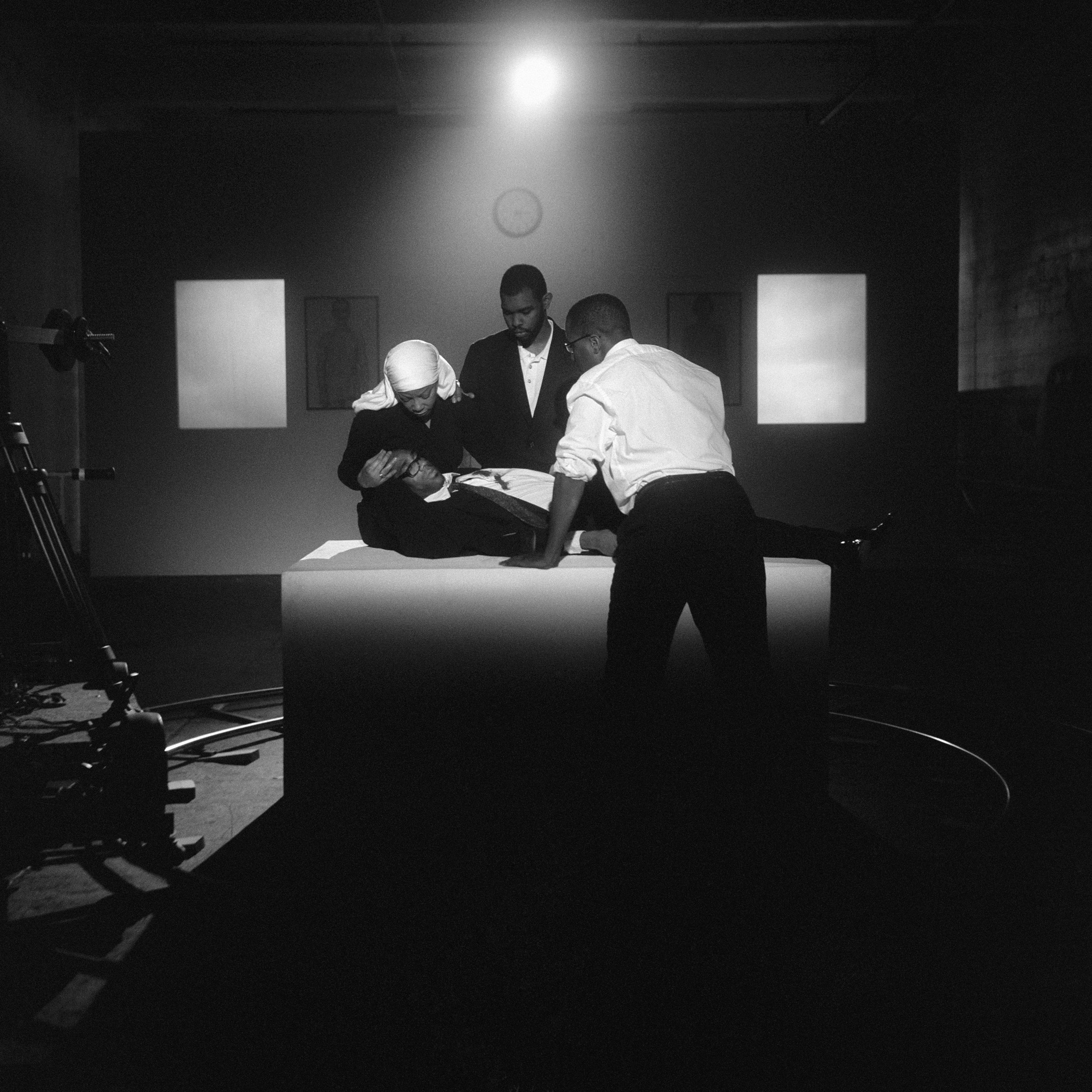
Considered one of the most influential contemporary American artists, Carrie Mae Weems has investigated family relationships, cultural identity, sexism, class, political systems, and the consequences of power. Determined as ever to enter the picture—both literally and metaphorically—Weems has sustained an on-going dialogue within contemporary discourse for over thirty years. During this time, Carrie Mae Weems has developed a complex body of art employing photographs, text, fabric, audio, digital images, installation, and video. Weems has participated in numerous solo and group exhibitions at major national and international museums including the Metropolitan Museum of Art, The Frist Center for Visual Art, Solomon Guggenheim Museum in New York, and the Centro Andaluz de Arte Contemporáneo in Seville, Spain. n 2013 Weems received the MacArthur “Genius” grant as well as the Congressional Black Caucus Foundation’s Lifetime Achievement Award, among other honors. Weems is represented by Jack Shainman Gallery.
LIFETIME ACHIEVEMENT AWARD – Henry Diltz (1938 – )
Henry Diltz is a music photographer who has shot more than 250 album covers and thousands of publicity shots in the ‘60s and ‘70s, including the iconic Morrison Hotel cover for The Doors. Other artists, whose fly-on-the-wall style portraits he’s known for, include musical legends such as The Eagles, Neil Young, Crosby Stills & Nash, Jackson Browne, America, Steppenwolf, James Taylor, Jimi Hendrix, The Monkees and David Cassidy. He was the official photographer at the Woodstock festival in August 1969. His work has appeared in The New York Times, Los Angeles Times, LIFE, People, Rolling Stone, High Times and Billboard. Diltz is a co-founder/co-owner of the iconic Morrison Hotel Gallery in Los Angeles, New York and Maui.
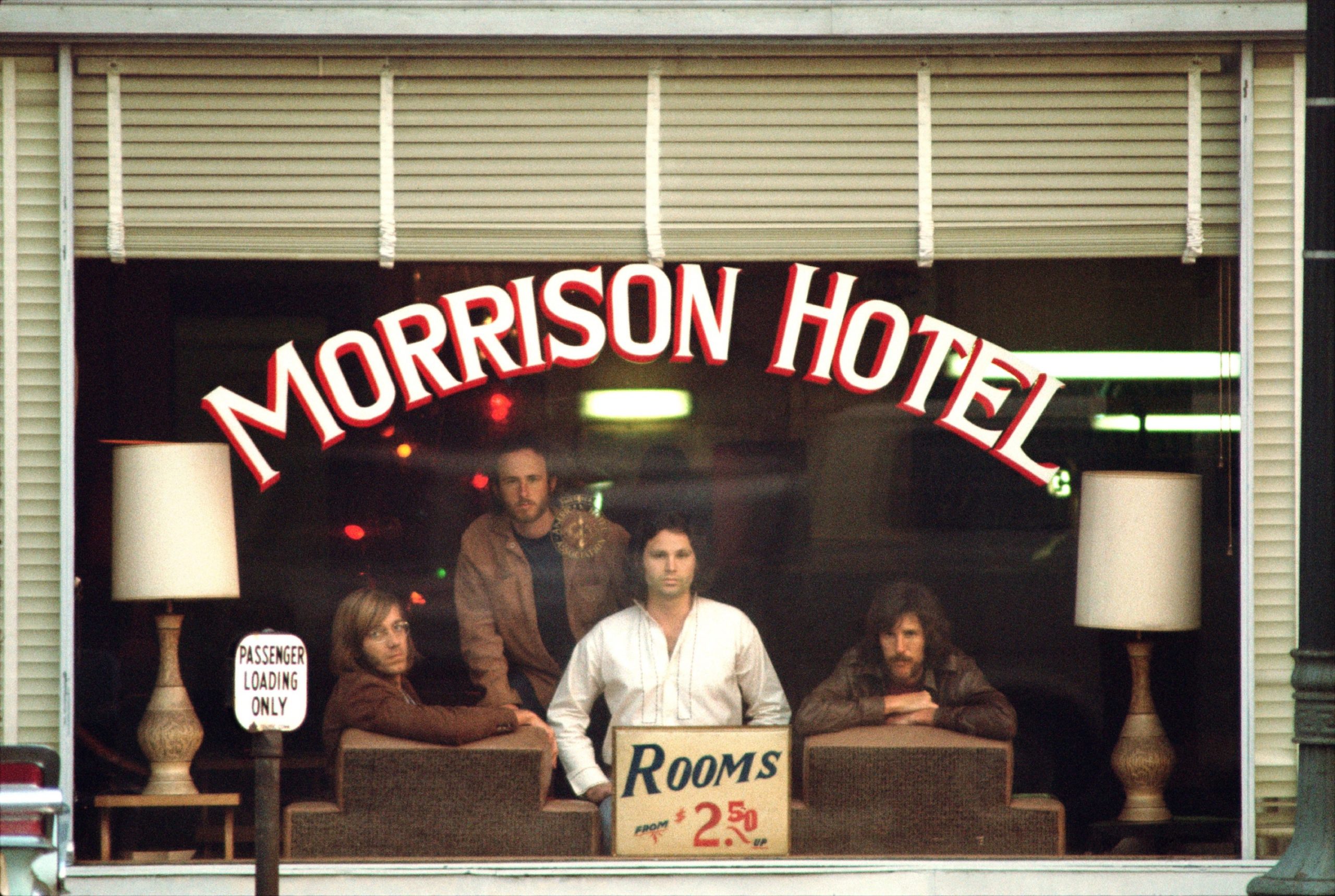
A popular musician in the 1960s, Diltz never set out to take some of the most iconic photos of our era – it just happened. Fresh from a globetrotting childhood, he attended colleges in Munich, West Point and Honolulu, where he became known as a musician and founding member of the Modern Folk Quartet. This led to many friendships with emerging recording artists in the California rock communities of the ‘60s and ‘70s. Diltz and his images are such fixtures in rock culture that he is interviewed regularly and often for books, articles and documentaries about the era and speaks regularly on college campuses. He continues to document the music scene from his base in Southern California.
LEADERSHIP AWARD – Magnum Photos
Magnum Photos represents some of the world’s most renowned artists and photographers, maintaining its founding ideals and idiosyncratic mix of journalist, artist and storyteller. For over 70 years Magnum Photos has provided the highest quality photography to an international client base of media, charities, publishers, brands and cultural institutions. The collective now also connects to a large and engaged community online and the Magnum Photos library continues to be updated regularly with new work from across the globe creating a truly distinctive living archive. More vibrant today than ever, Magnum Photos leads the way in combining an extraordinary range of individual styles into one powerful collaboration and helping us all make sense of these turbulent times.
Iconic Masterworks on View for International Photography Hall of Fame Reopening





